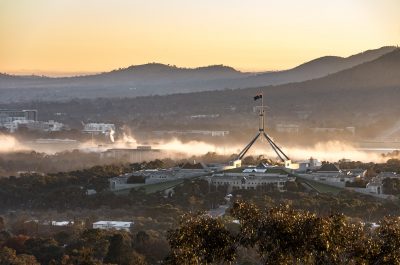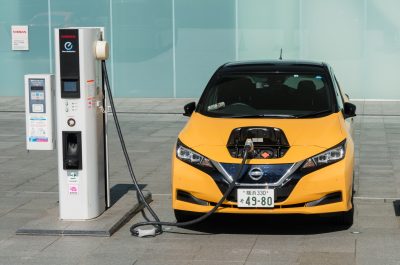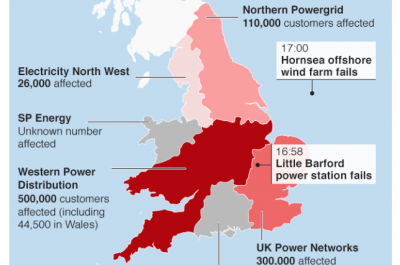Unlocking local opportunity to solve a global challenge
Part 1 in a series unpacking our recent report The time is now: Getting smarter with the grid
Throughout the energy transition, we so often ‘think global’. But could we get additional bang for our buck if we also ‘act local’? Our new report shows that there are immediate opportunities in our local grids that can have a significant impact on our emissions and our bills, and it can happen now.
Australia is already working hard to deliver large-scale renewable generation projects and transmission infrastructure, and we must not lose focus on that. But we can introduce complementary measures at a local level to keep momentum.
The Time is Now report shows that with smarter use of our local distribution grids – which are now no longer just poles and wires – we can unlock significant benefits for customers and accelerate our transition to cleaner, cheaper energy. It’s focused on doing more with what we already have.
Together with L.E.K. Consulting, we modelled key actions that can be taken within our distribution grid now to support the decarbonisation of the electricity system and deliver benefits to customers. Importantly, a ‘whole of energy system’ approach was taken with the modelling, so we could properly quantify the impact on customers’ energy wallets. This means that, along with network and wholesale electricity costs, the costs paid by customers when they purchase assets like EVs, batteries and solar, along with their fuel costs, were also included. This holistic approach keeps customer outcomes at the forefront of any decision making.
The report finds that by increasing solar and linking it with available grid capacity, integrating batteries, and rolling out kerbside EV charging on existing power poles out in the community, we will be well-positioned to achieve Australia’s 82% renewables target by 2030, save customers around $160 per year, while also avoiding $7 billion in overall energy system costs.
It’s clear that the time is now to change the way we think of the distribution grid, what we ask of it and the types of services it can provide customers.
To get there, we must:
- Allow distribution networks to establish and operate local energy hubs for all the community to benefit from.
- Better utilise the extra capacity of batteries connected directly to the local grid and get more of them connected now, making sure all customers benefit.
- Provide incentives for commercial operators to install more solar panels on existing rooftops and share it with the local community.
- Classify kerbside EV chargers as a distribution service to put more chargers in more places and improve equitable access to charging while reducing range anxiety.
- Sync resources to the grid in a coordinated and flexible way so that the benefits can be shared with the community.
Importantly, all of these actions are achievable with the assets, workforce and resources we have today.
The local grid customers need today, and beyond, is so much more than just its poles and wires. By embracing these recommendations, we can harness the full potential of our energy resources and deliver substantial benefits to customers.
Let’s seize this moment to redefine our energy future. Now is the time for decisive action that will shape our electricity systems for years to come.


